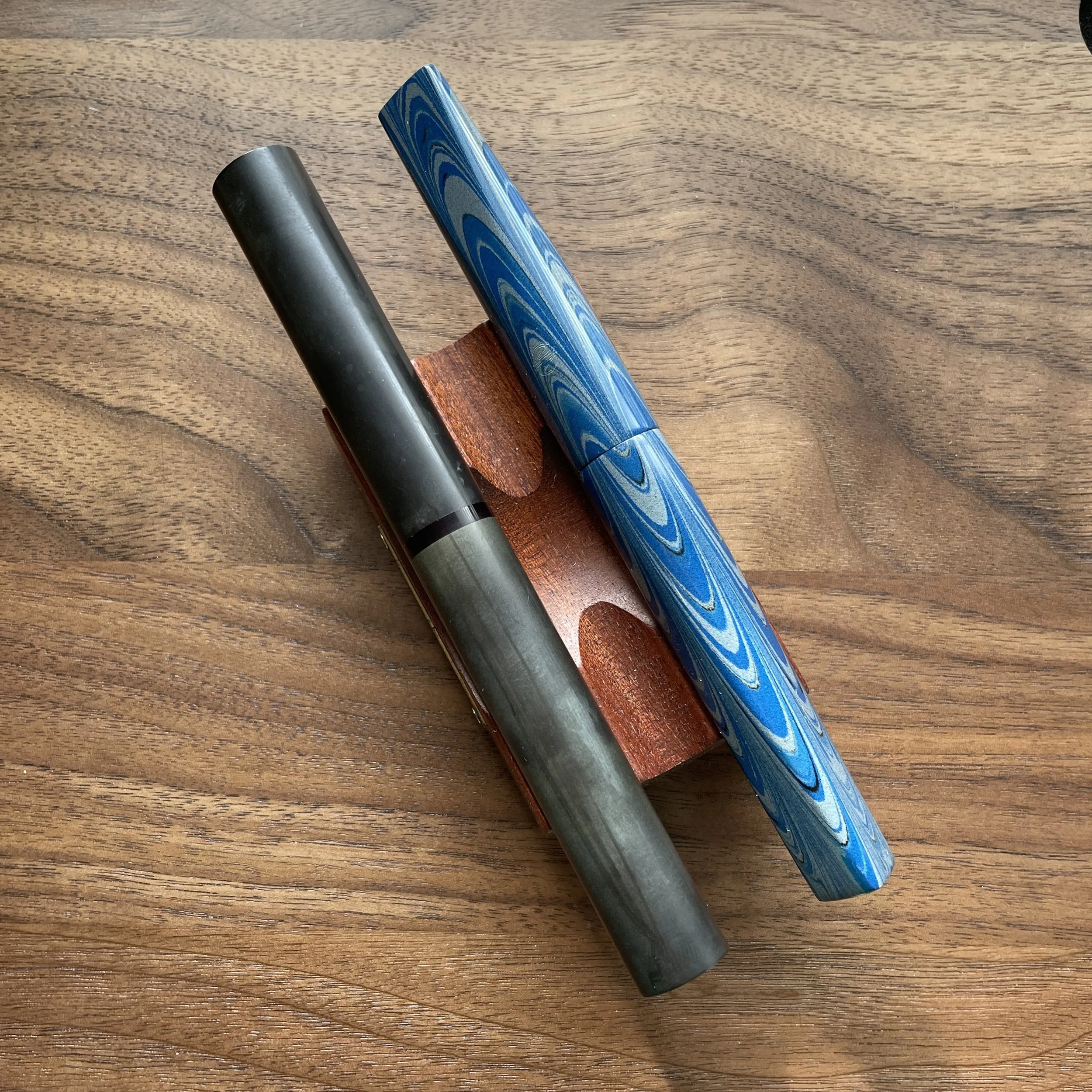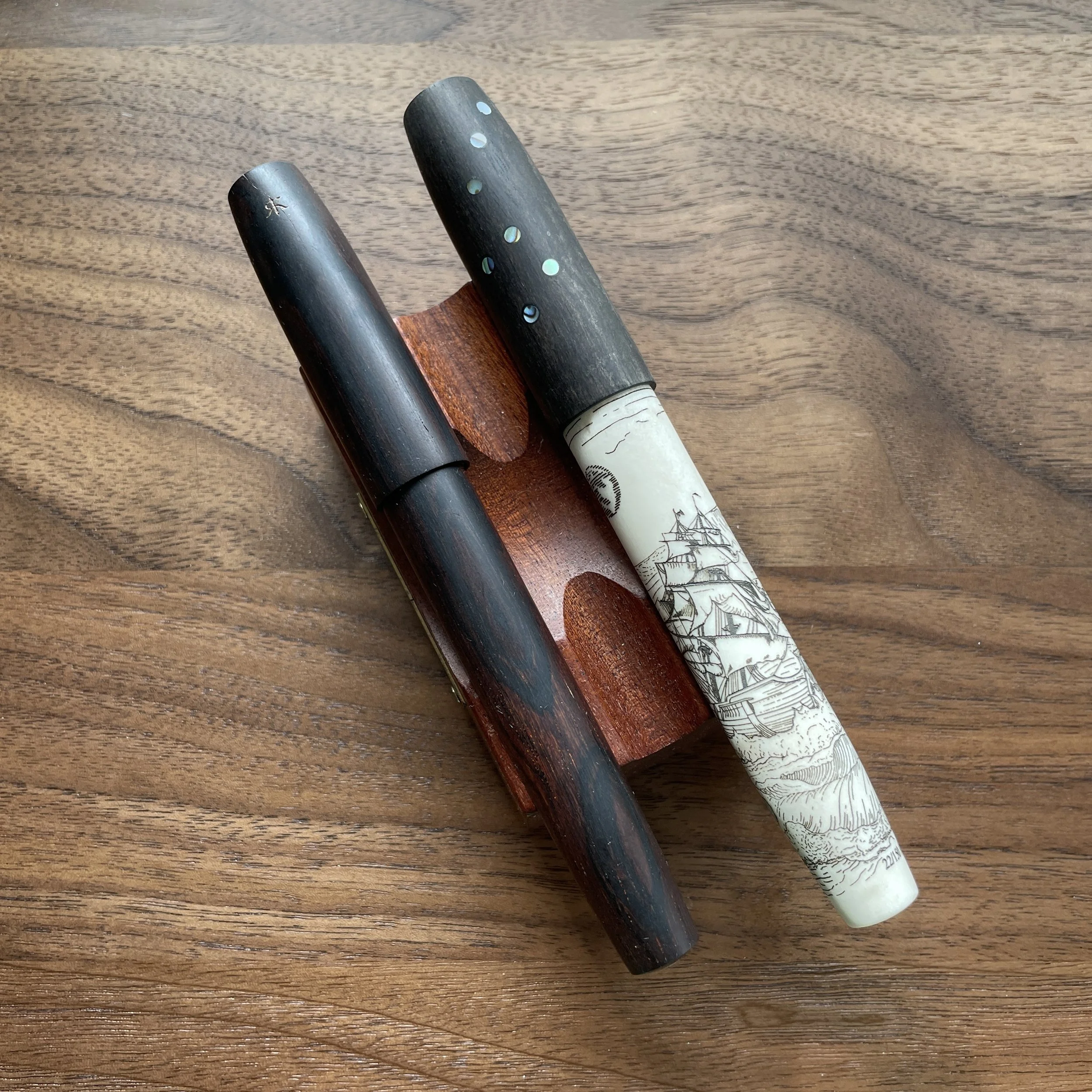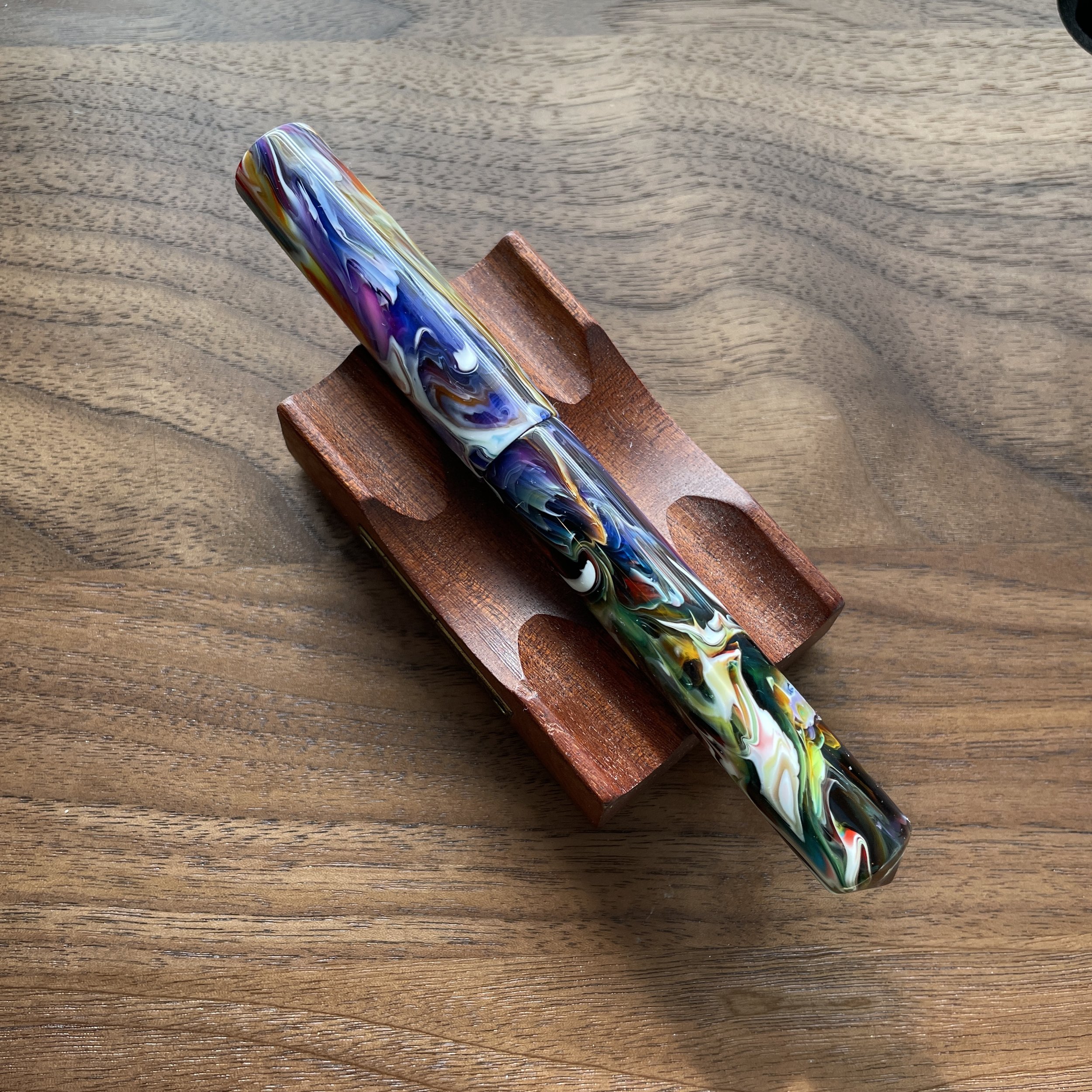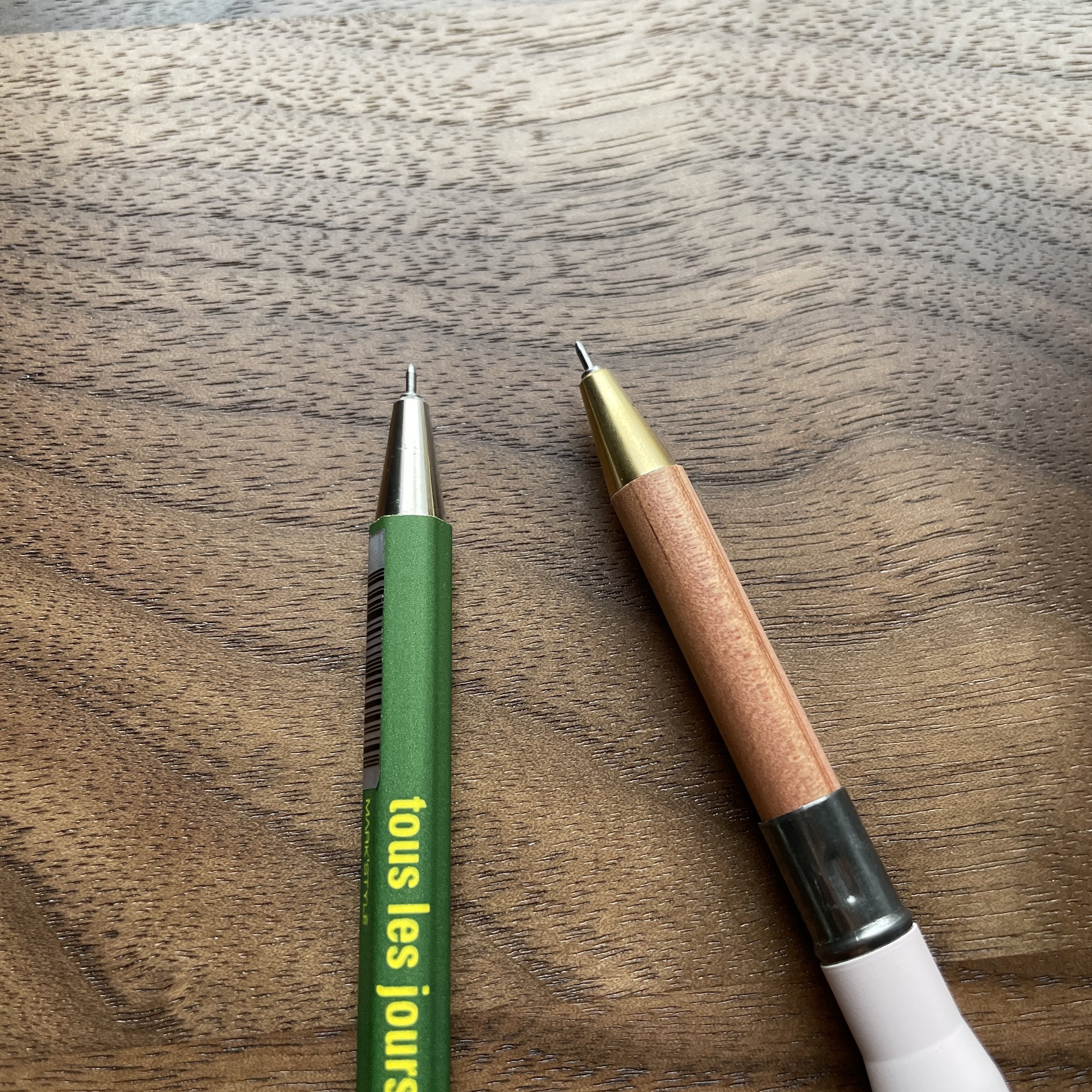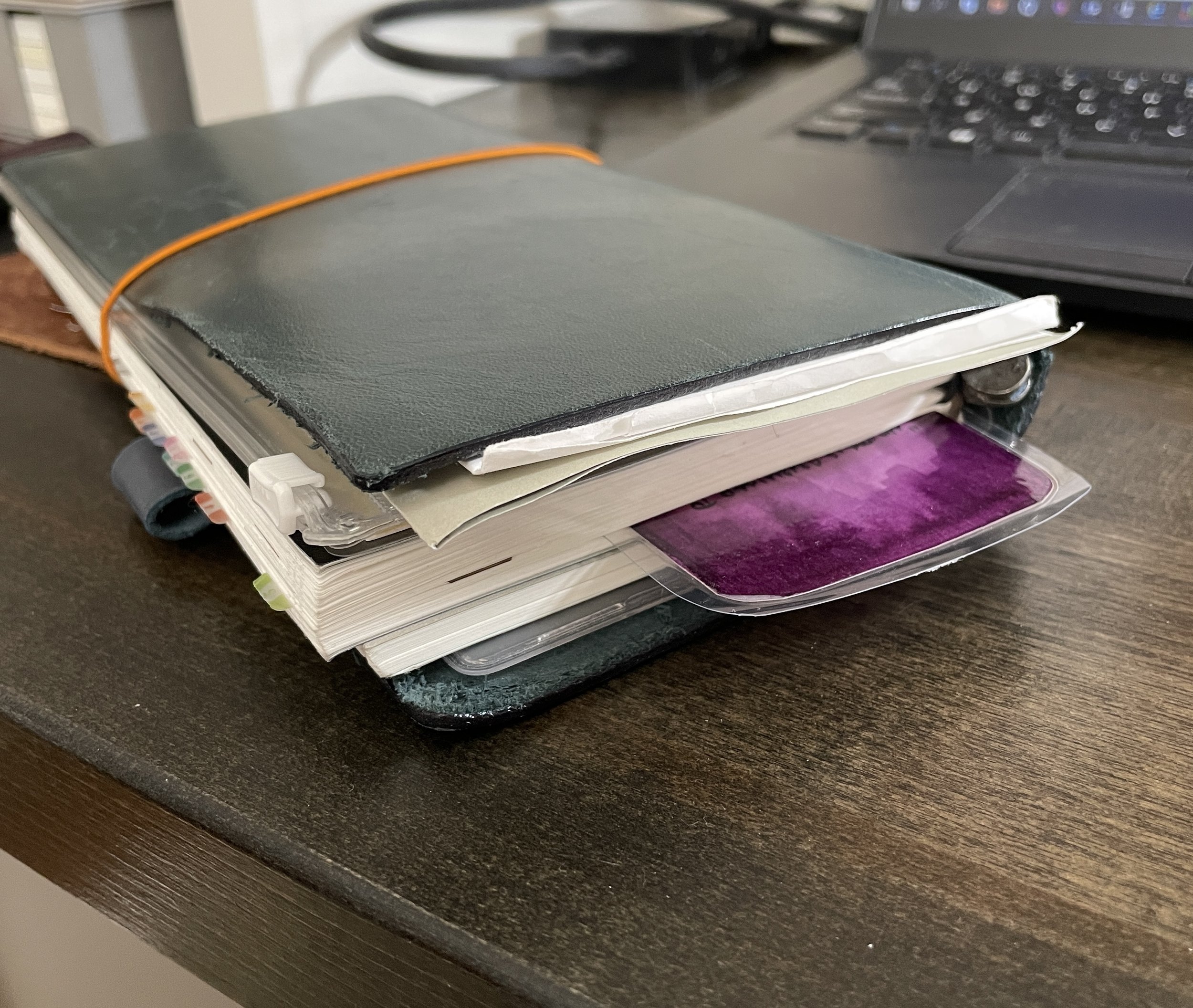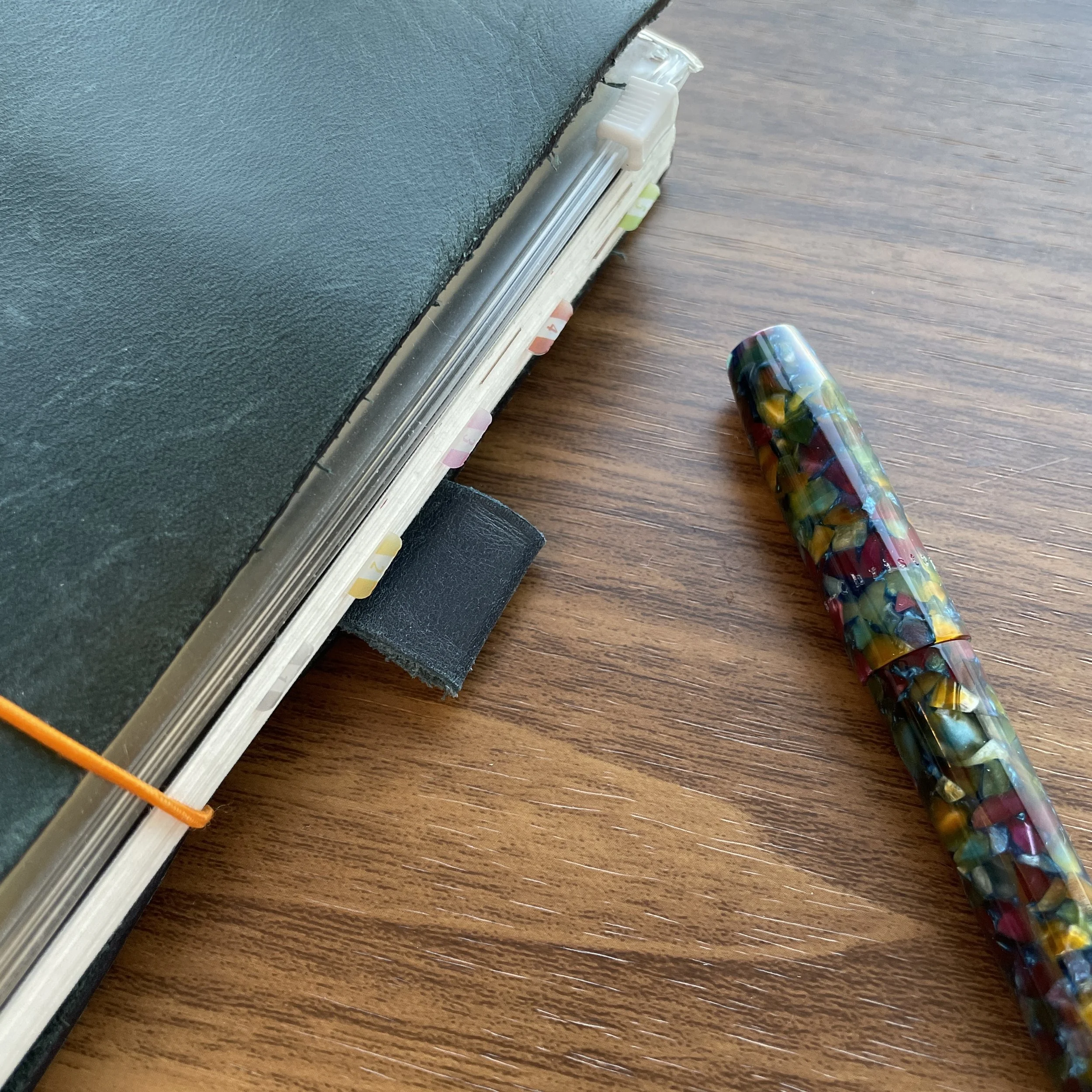As we enter not only the 2022 holiday shopping season but the final month of the year, I’ve been pulling together my plans for both the annual gift guides and the 2022 year-end recaps. Today’s post, on the Saturday after “Black Friday”, is going to be a bit of both. I’ve been encouraged by a much greater focus this Thanksgiving on supporting small and independent businesses, both inside and outside the pen community, and honestly, that’s how it should be, because independent makers and retailers are what make this hobby great. When you’re considering how to spend your hard-earned dollars on gifts for yourself or others, consider setting aside a portion for smaller retailers and makers who can offer truly exclusive products and a more personalized shopping experience.
The format for this “guide” might strike some as unusual. I’m not going to simply list all of the different independent makers out there - there are too many to do that in any coherent fashion - but rather will spend today’s post discussing my own acquisitions from the past year, the makers from whom I’ve personally purchased, and why I enjoy their pens and the reasons you might enjoy them too.
Two Schon DSGN Faceted Pocket Six Fountain Pens!
Schon DSGN
Ranked purely in terms of number of pens acquired this year, Schon DSGN tops the list, as I picked up two of the Full-Size fountain pens and a hammered copper Pocket Six with added patina, to join the three pens from the Engineered Plastics collection that I purchased towards the end of 2021. Known not just for original, ergonomic designs but dedication to quality, Schon DSGN pens are among my favorite everyday writers.
My two most recent Kanilea Acquisitions: a Lewa Lani and a Kai Huli.
Kanilea Pen Company
The second-most represented independent maker in my personal collection is Kanilea Pen Company. For more than six years now, Kanilea has been producing pens themed around places and locations in Hawaii. You can read more about the background of this brand in my prior reviews, but I love their clean design and ergonomics (particularly the “Classic Flush” shape), in addition to the unique materials chosen to match a specific image. I recently acquired the Lewa Lani fountain pen, as well as a pen show-exclusive “Kai Huli” in a coral and yellow-veined material, pictured below.
Three “Navigator” Models from Penzbydesign.
Stacy Robinson (Penzbydesign)
A long-time penmaker, Stacy Robinson brought ebonite and Conway Stewart acrylic versions of his “Navigator” fountain pen to this year’s Atlanta Pen Show. I ended up purchasing three: one in striated beige ebonite and two in relatively uncommon Conway Stewart acrylics that I had been looking to add to my collection for years. The workmanship on these pens is excellent, and the size nearly perfect for my hand, as with the Schon DSGN Engineered Plastics and Full-Size fountain pens. While Penszbydesign has a storefront, it may be easier to inquire via e-mail or social media, since some photos were posted recently of new Navigator pens similar to the ones I purchased, and they don’t currently appear on the website.
Two Kasama Una fountain pens.
Kasama Pens
Currently sold only directly via Instagram and social media, Kasama is based in the Philippines and, to my knowledge, makes two models of pens: the larger “Una” and the more streamlined “Tala”. I’ve acquired two Una fountain pens, one in Ultem and another in a combination of Peek and anodized titanium. While not inexpensive, Kasama fountain pens are unique - there’s nothing quite like them on the market, in terms of design or material combinations.
My Hinze Pen in “Five O’Clock Somewhere” Acrylic
Hinze Pens
Hinze Pens made perhaps my favorite - and most unpredictable - acquisition of the year, my “Five O’Clock Somewhere” pen in this wild acrylic from Starry Night Resins. Like the Kanilea Classic Flush, this is a well-balanced pen with a comfortable section, and what makes Hinze Pens particularly unique is their anodized nibs, available in a range of colors.
Other Makers to Consider
As I mentioned above, I can’t list everyone (nor can I buy from everyone, because, well, $$$), but I do want to mentions several makers who do excellent work, some of which are on my “short list” of pens to acquire in 2023, for review or otherwise. Also, while some of the makers listed here do custom/bespoke work, many also have inventory currently available for purchase, which you can purchase, and which they will likely be wanting to sell, heading into the holiday season.
Newton Pens (Shawn Newton). A fixture on the pen show circuit and the creator of some truly unique designs (such as the Prospector shown here), Shawn Newton usually has a healthy stock of pens ready to go.
Pens by Pasquale (Nicholas Pasquale). A relative newcomer to the bespoke pen scene, Nic is local to me and I acquired a pen in dark “Primary Manipulation” at this year’s Nashville-area Pelikan Hub. I love supporting new makers! Check out his Instagram (linked here).
Edison Pens (Brian Gray). Like Shawn Newton, Brian Gray is a longtime penmaker whose production-line Edison designs are now widely available at many major pen retailers. I have my eye on the new Collier Grande featuring a No. 8 nib.
Ryan Krusac Pens. One of the few penmakers whose work with wood truly appeals to me, Ryan Krusac combines wood with other materials such a stone and antler. His scrimshaw work is incredibly detailed.
Mayfair Pens. Pens with a “Lord of the Rings” theme? Count me in. Lately I’ve been more interested in penmakers who are exploring different shapes and contours, and I had the opportunity to handle these at the 2022 D.C. Pen Show.
Please Consider Supporting T.G.S. This Holiday Season
We’re also a small business, and entirely supported by purchases from our shop and pledges via the T.G.S. Patreon Program. Last week, we launched our own 2022 Holiday Gift Guide, focused on products from our own shop, which makes an effort to focus on and carry products that might necessarily be overlooked by larger stores. We appreciate your support, as it allows us to remain independent and advertiser/affiliate free! Through Monday at 11:59pm, take 10% off all TGS Shop orders with the coupon code “GIVETHANKS”!
